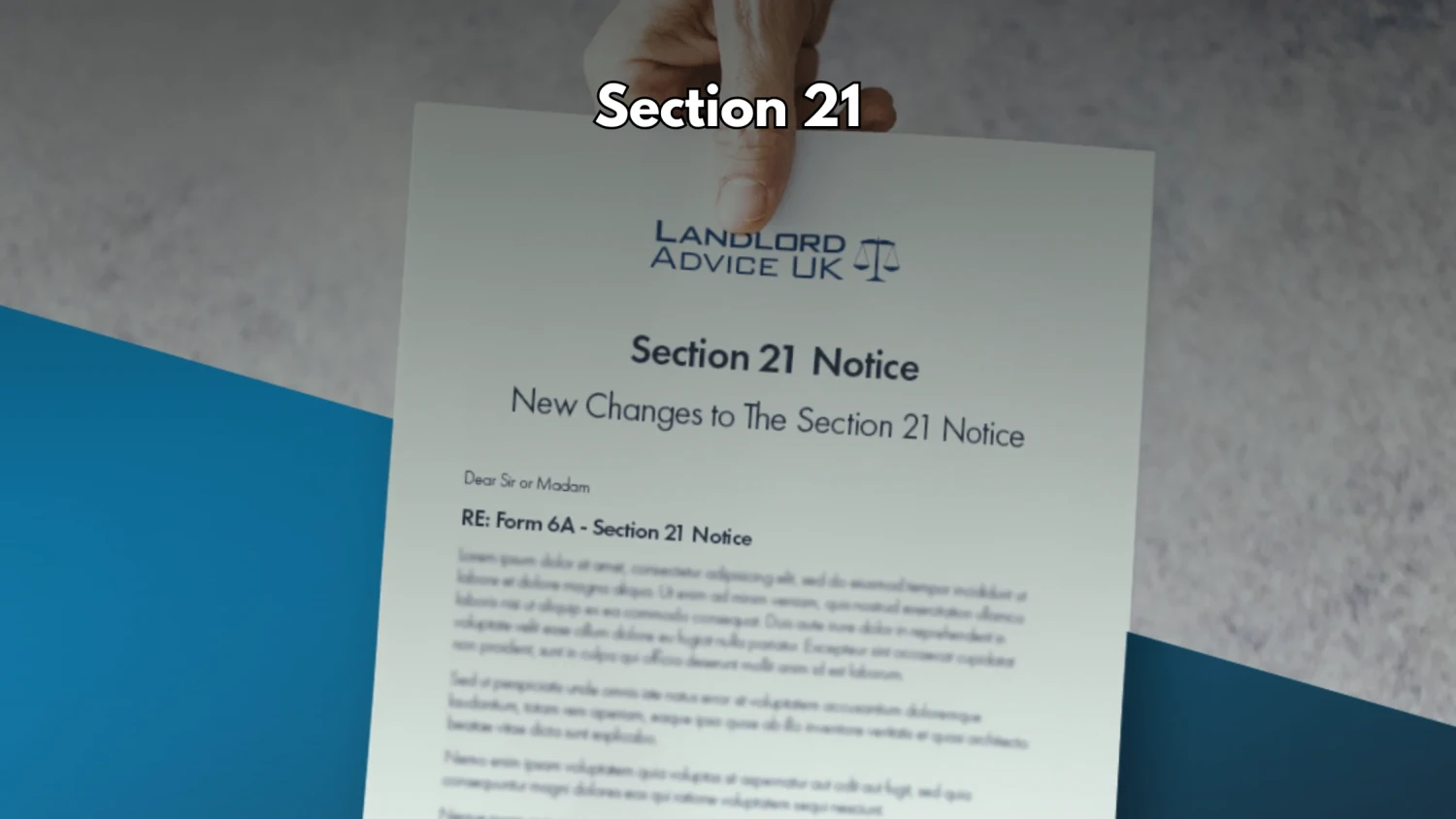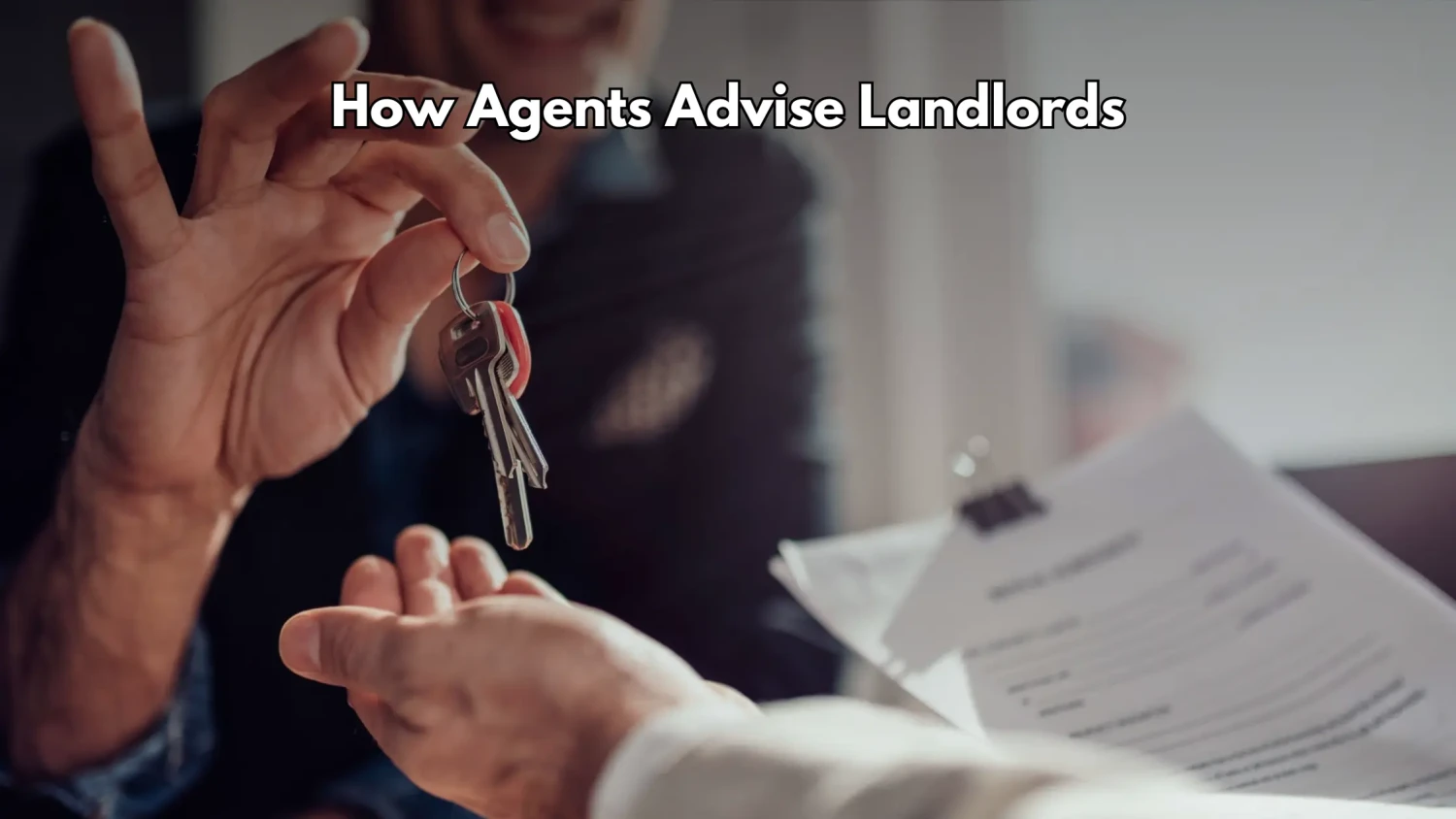
How to Rent a Room in the UK: A Step-by-Step How to Rent Guide with Docs Checklist
Thinking of renting a room in the UK? It is a comprehensive step-by-step guide on how renting works, covering everything from the necessary documents, viewings, deposits, inspections, and the actual moving in.
Important: Most of the guidelines given below apply to private rentals and shared houses in England (assured shorthold tenancies). Lodgers sharing a house with a landlord may have different entitlements.
Step 1: Get Your Paperwork Ready (Docs = Speed)
1 Reason document lets slips through. Having no documents. Prepare a folder which can be electronic or a physical one dubbed “How to Rent Guide – Applications” to compile all required paperwork
What documents need to be availed to rent a room in the UK?
- Proof of identification and address: documents such as a passport or national ID, and a recent utility or bank statement for address.
- For England – Right to Rent check: Immigration status or visa/Home Office online check code.
- Proof of income and employment: recent payslips, employment letter, or HR verification.
- References: Character or employer reference. You can check with the Trust's International Recruitment/HR for guidance.
This is another phrase you’ll hear quite often during your renting journey, and it is one of the most important documents to have: what documents must you have to rent a house in the UK. Having all will guarantee a seamless view, application, and moving process.
Step 2: Pick Your Area (Commute, Costs, Convenience)
- Make a map of your journey home and note any shops, gyms, childcare, schools, parks, etc.
- Check the public transport accessibility (how often, when, costs) - rural areas are usually less served - this is something to factor in.
- Decide early if you want to share with colleagues (usually cheaper) - appoint a lead tenant for communication with agent/landlord.
Step 3: Set a Realistic Budget
Make a list of monthly costs NOT including rent.
- Council Tax, gas/electric/water, broadband/phone, TV licence, contents insurance.
- Some rooms are "all inclusive" - make sure you know what is included and what is not before you sign.
Your upfront payments usually include:
- First months rent (in advance)
- Tenancy deposit (refundable, capped - see step 7)
Holding deposit (optional to reserve; capped at one week; usually refundable if you proceed)
Step 4: Start the Search
- Local letting agents typically promote on them and their own.
- Renting a room in someone's home could be less expensive, but check that they are legally allowed to let the room (no illegal sub-letting), and know your rights may be different if you are a lodger.
Tip: never pays any money until you have received the full name, UK address, and seen the property in person (and not via a webcam). Do not rent without visiting.
Step 5: Viewings Like a Pro
Bring your 'what documents do I need to rent a house UK' file, as agents like prepared tenants. While you are visiting the properties you can ask:
- What is included (bed, desk, kitchen stuff, white goods)?
- House rules: smoke, pets, bikes, visitors, rubbish/recycling (just so you know).
- Bills: are they included or excluded? If included, which ones - and is there a limit for usage?
- Safety (see Step 9) and licensing (for HMOs/shared houses).
If you can take a friend or relative with you it is a safer option and gives you a second opinion.
Step 6: Offer, Holding Deposit & Checks
- If you wish the room, you can pay a holding deposit (max one week's rent) to secure it—then usually about 15 days to sign.
- You can expect ID, Right to Rent, credit/employment checks and references.
- If you are asked to provide a guarantor (someone who will pay if you don't), check with HR if your employer provides assistance, or consult with Shelter if you don't have one.
Step 7: Know Your Deposits (and Alternatives)
- Tenancy deposit limit:
Maximum 5 weeks rent if the annual rent is below £50,000
Maximum 6 weeks rent if £50,000+
- Your deposit will be safeguarded within a government-authorised scheme, and you will receive the prescribed information.
- Deposit replacement products (voluntary): lower initial cost, but not refundable and you're still responsible for damages/unpaid rent. Check the T&Cs closely.
Step 8: Read Then Sign the Agreement
You will usually get to sign an Assured Shorthold Tenancy (AST) for a room when renting a shared house in the case whereby the landlord does not live at the property. In regards to the AST, some standard terms may include:
- Length: Usually 6 or 12 month terms. After the first period, rolling (periodic) may become available.
- Who you're renting from: It is important to establish the full name of the landlord and establish a service address in England or Wales.
- House share matters: If you are sharing is it important to clarify who is responsible, and designate a lead tenant.
In answer to the theme of not rushing, it is very important that you take your time, and make sure you are confident that you understand the terms before you sign anything.
Step 9: Safety & Compliance
It is reasonable to ask to view / check:
• Smoke alarms on each floor and rooms with a fixed combustion appliance (e.g. gas boiler, open fire) a carbon monoxide alarm.
• Gas Safety Certificate (if gas is present, this is every 12 months).
• Electrical safety report (usually every 5 years).
• Energy Performance Certificate (EPC) of E or above.
• HMO licence (if applicable) for larger shared house rentals.
The landlord has a duty to keep your home safe and in a good state of repair, and address serious risks.
Step 10: Inventory & Move-In Day Must-Do’s
- Inventory/check-in report: Perform a walk through and note the condition of the property, take photographs of everything, and sign only after looking everything over and making sure it is accurate. You cannot be charged for an inventory.
- Meter readings: On day one take signed dated photographs of the gas/electric/water meters and ask for current utility providers to register your readings.
- Keys: Ensure you receive all sets (front door, bedroom door if lockable, mailbox, bins).
Step 11: Living There, Good Habits = Less Stress
- Learn the locations of the boiler/heating, stopcock, fuse box, and meters.
- Test alarms monthly.
- Report repairs as soon as possible (small problems grow!).
- Be considerate in shared areas - agree cleaning, splitting bills, and guests expectations.
- Consider contents insurance - the landlord's policy does not cover your stuff.
- Are you considering a smart meter? If bills are in your name, you can usually request one - let landlord know.
Step 12: Fees, What’s In / What’s Out
Most tenant fees are prohibited by the Tenant Fees Act. You can be asked to pay:
- Rent, refundable tenancy deposit, holding deposit
- Reasonable costs for ending early or varying the agreement
- Utilities/Council Tax/TV licence/communications
- Default fees (e.g., rent paid late with interest within legal limits) and for replacing keys/devices at reasonable cost
Banned fees include: for viewings, tenancy setup, check-outs, and third party costs that are the landlord’s responsibility.
Step 13: When Things Go Wrong
- Rent problems? Tell the landlord ASAP, and get help (e.g., Citizens Advice Bureau, Shelter)
- Disrepair / safety issues? Report problems in writing. If the landlord ignores the report, notify your local council if it’s a serious hazard.
- Harassment / unlawful entry into the property? A landlord or agent must give at least 24 hours' notice and enter the property at reasonable times with your permission. You should report persistent harassment or illegal eviction to your local council or the police.
- Disputes about deposits or fees? Use the dispute service in the deposit scheme, or contact your council with regard to banned payments.
Quick Recap Checklist
- Folder ready: what documents do you need to rent a house UK (ID, Right to Rent, income, references)
- Area + transport researched; budget set (rent + bills)
- Viewed in person; landlord/agent verified; no money before basics confirmed
- Holding deposit (if any) + references/credit checks
- AST reviewed (length, rules, who pays what); landlord’s name & address noted
- Deposit within legal cap and protected; alternatives read carefully
- Safety docs: Gas, EICR, EPC, alarms; HMO licence if needed
- Inventory signed with photos; meter readings recorded day one
Repairs channel known; house-share rules agreed; insurance considered
Final Word on Documents
If you remember anything from this, how to rent guide, make it your paperwork. Having everything together, means you are view-ready, application ready. So if anyone asks you, you can confidently answer: what documents do you need to rent a house in the UK? You have them all, ID, Right to Rent, proof of income and references, ready to go.









